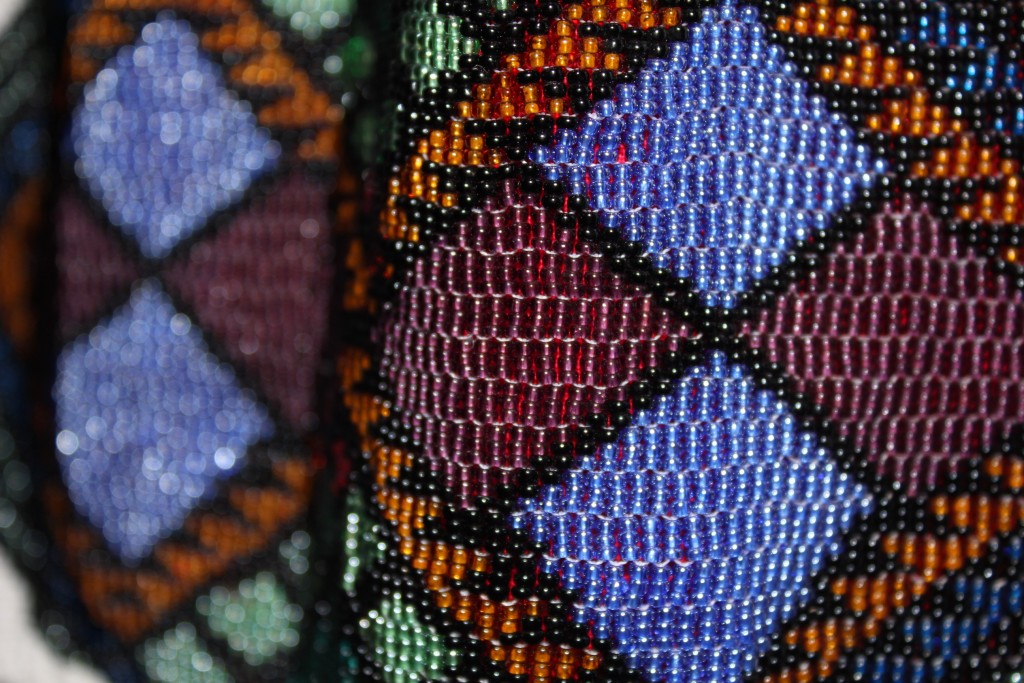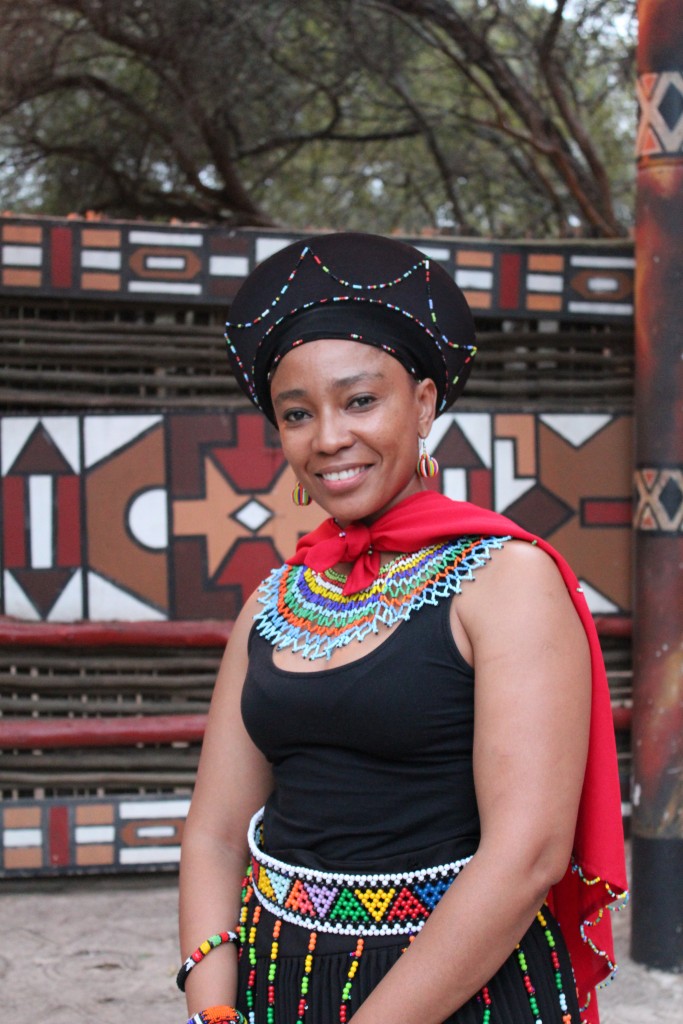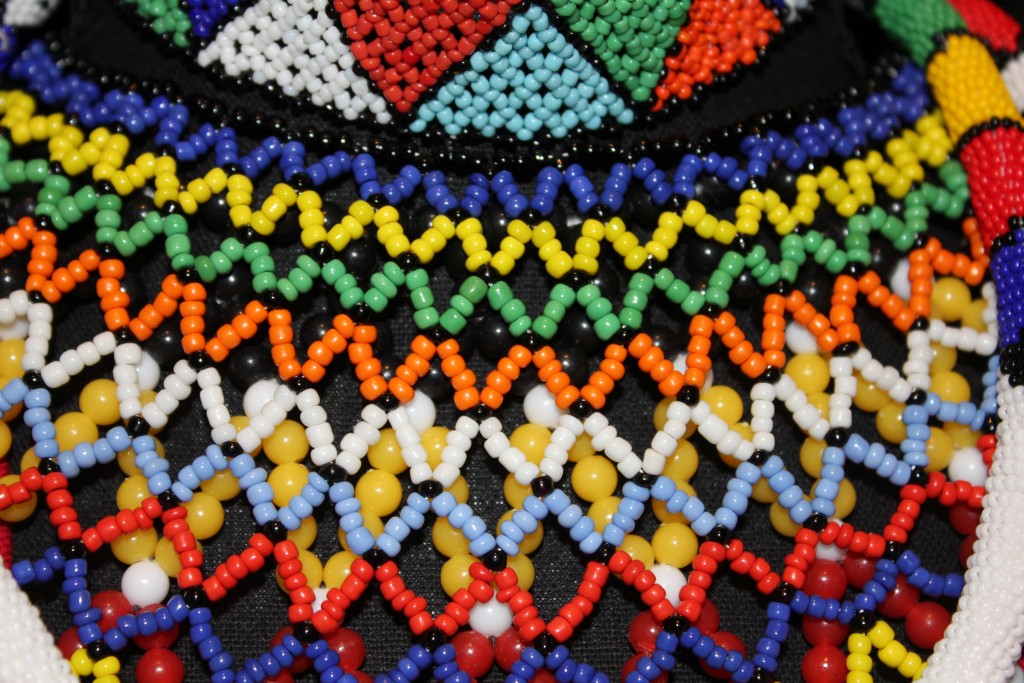Along the north-eastern coast of South Africa lies the kingdom of the Zulus, formed in the early part of the nineteenth century by their powerful leader, Shaka. With a mixture of political astuteness and military discipline, he forged a unified nation from the disparate tribes of the region as a response to the encroachment of European colonialism.
For centuries Arab traders bartered along the east coast of Africa as far south as Delagoa Bay. They brought glass beads, among other goods, be sea from India, Egypt and Syria, to exchange for ivory, gold and slaves.
The nineteenth century saw a steady influx of trade beads to the area and Shaka was so great a bead lover that he decreed that any new bead arriving in the country should immediately be shown to him so that he could decide whether he wanted to keep it for himself or to whom he wanted to distribute it. They were not only considered objects of beauty, but became integral to Zulu society, denoting social status and achievements of the wearer, just as military uniforms denote rank and regiment. When Shakas mother died, the wearing of beads was banned for a year as a sign of mourning.
The Zulus invented a whole language of beads, using them to send messages of love, devotion and betrayal. Colours are invested with many symbolic meanings; white is the purity of love, black means the darkness of night, pink means poverty while green signifies coolness or fertility. Blue stands for various meanings ranging from the sky’s wide expanse to the callous spurning of a lover. These messages are encoded into a huge range of artefacts including bags, belts, collars and headdresses. The traditional format for these “love letters”, however, are the tab pendants which hang from necklaces made by the young women and offered as love tokens to the unmarried warriors of the tribe.




